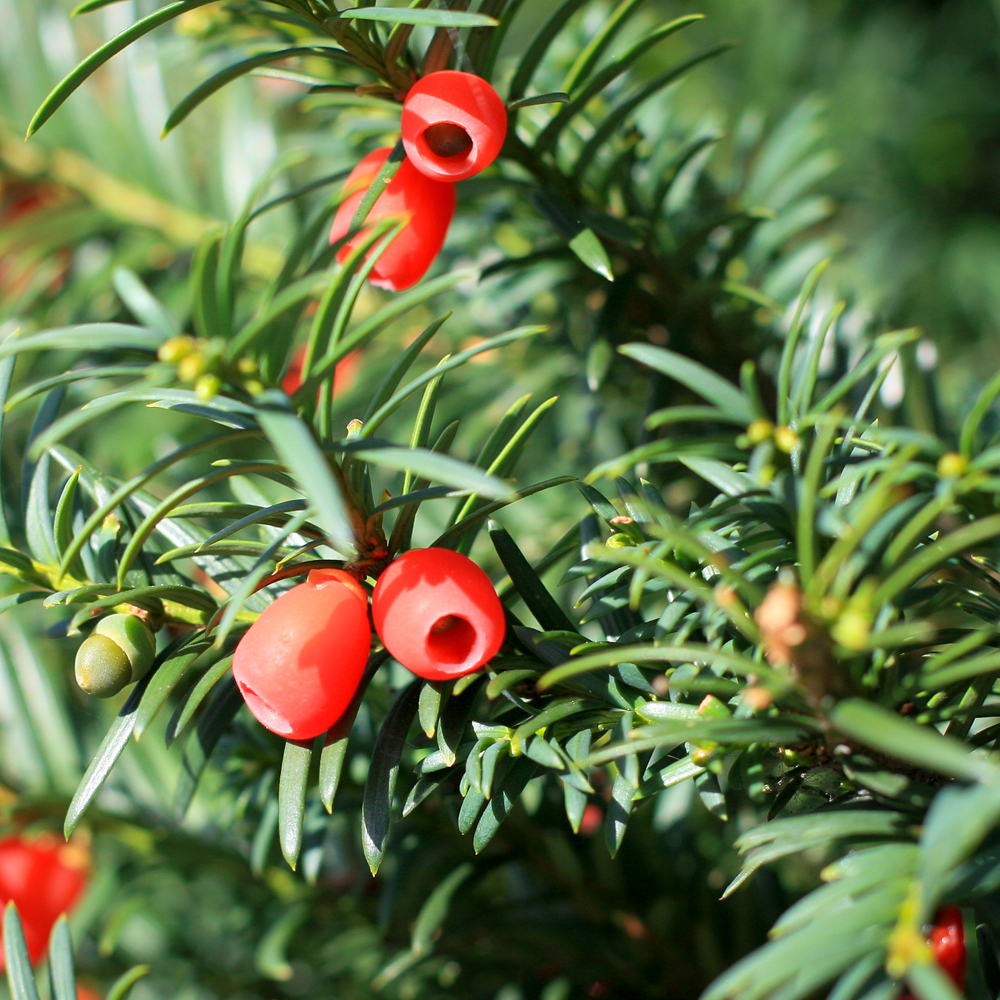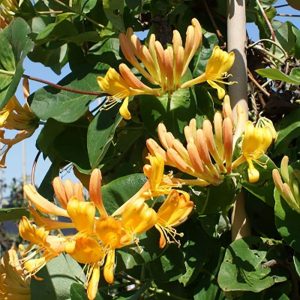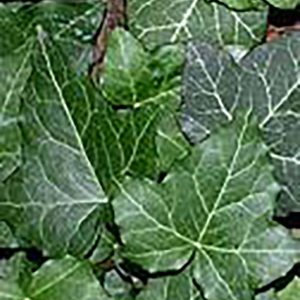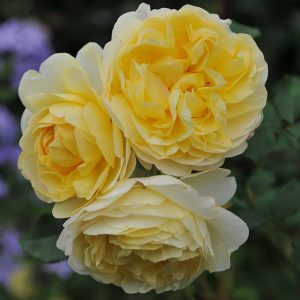Description
Taxus baccata, commonly known as English yew or European yew, is a coniferous tree that belongs to the family Taxaceae. It is native to parts of Europe, North Africa, and Asia, and is widely cultivated in other parts of the world as an ornamental plant. Taxus baccata typically grows to a height of 10-20 meters (33-66 feet) and has dark green needles that are flat and arranged in two rows on the stem. The tree is dioecious, meaning that male and female flowers are produced on separate trees. The female trees produce small, fleshy, red berries that are highly toxic if ingested. Taxus baccata is valued for its dense, evergreen foliage, which makes it a popular choice for hedges and screens. It is also used in landscaping as a specimen plant or in groupings, and is often pruned into a variety of shapes, including cones and spirals. The tree is fairly easy to care for, and prefers full sun to partial shade and well-drained soil. Overall, Taxus baccata is a versatile and attractive tree that can add interest and beauty to a variety of garden and landscaping settings. Its dense foliage and low maintenance requirements make it a popular choice for both novice and experienced gardeners.
Key Facts
- Common Name(s):Yew
- Hardiness:Fully hardy
- How big will I get? Taxus baccata can grow to a height of 10m and a spread of 6m.
- Did You Know That:The tree is long-lived, it can live for thousands of years, some of the oldest known specimens are estimated to be over 2,000 years old?
Plant Calendar
A rough guide to how this plant will change through the year.
| Jan | Feb | Mar | Apr | May | June | July | Aug | Sept | Oct | Nov | Dec | |
| Foliage Colour |  |
 |
 |
 |
 |
 |
 |
 |
 |
 |
 |
 |
| J | F | M | A | M | J | J | A | S | O | N | D |
 |
 |
 |
 |
 |
 |
 |
 |
 |
 |
 |
 |
Care Guide

Soil Requirements
Taxus baccata prefers soil with good drainage and does not tolerate standing water. This plant can grow in soil with a wide range of pH levels, it is not picky about the pH level of the soil.

Best Position
Taxus baccata prefers a sheltered position and is a very versatile plant that can cope with full shade, partial shade, or full sun.

Maintenance
Taxus baccata can be trimmed to shape as wanted, can just be left and will normally grow into an attractive tree, or can be regularly trimmed and shaped for use as hedging.

Pest, Diseases and Wildlife
Taxus baccata can have problems with vine weevil, moths, and scale insects, it can be vulnerable to certain diseases such as phytophthora root diseases. It is also known to attract birds. It is toxic to cats, dogs, horses and people.





